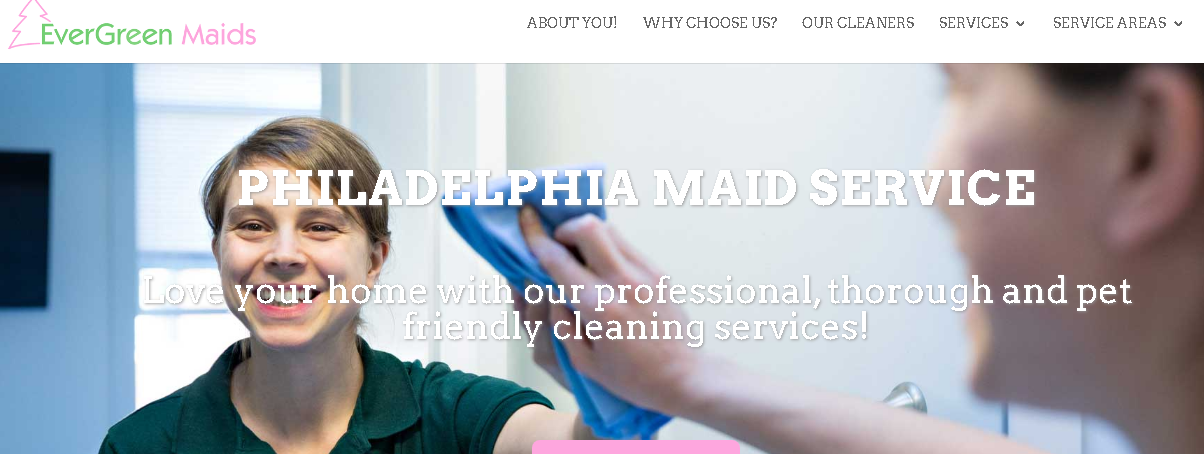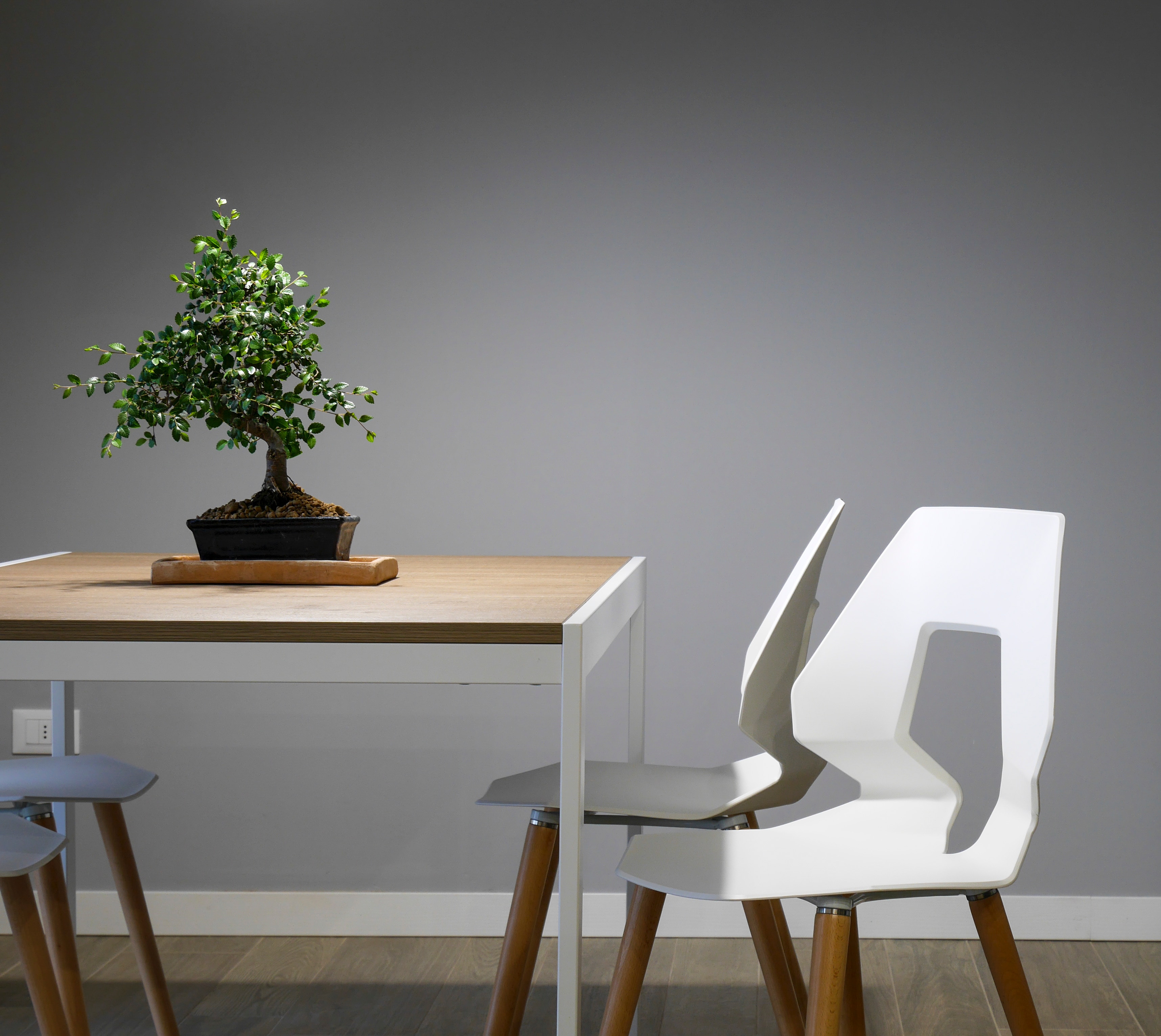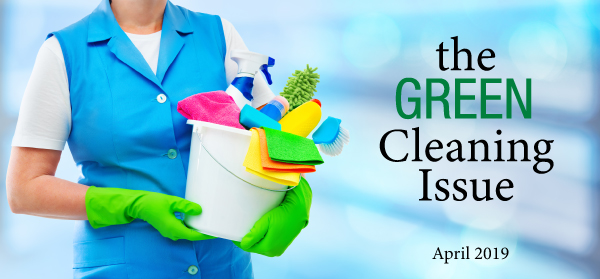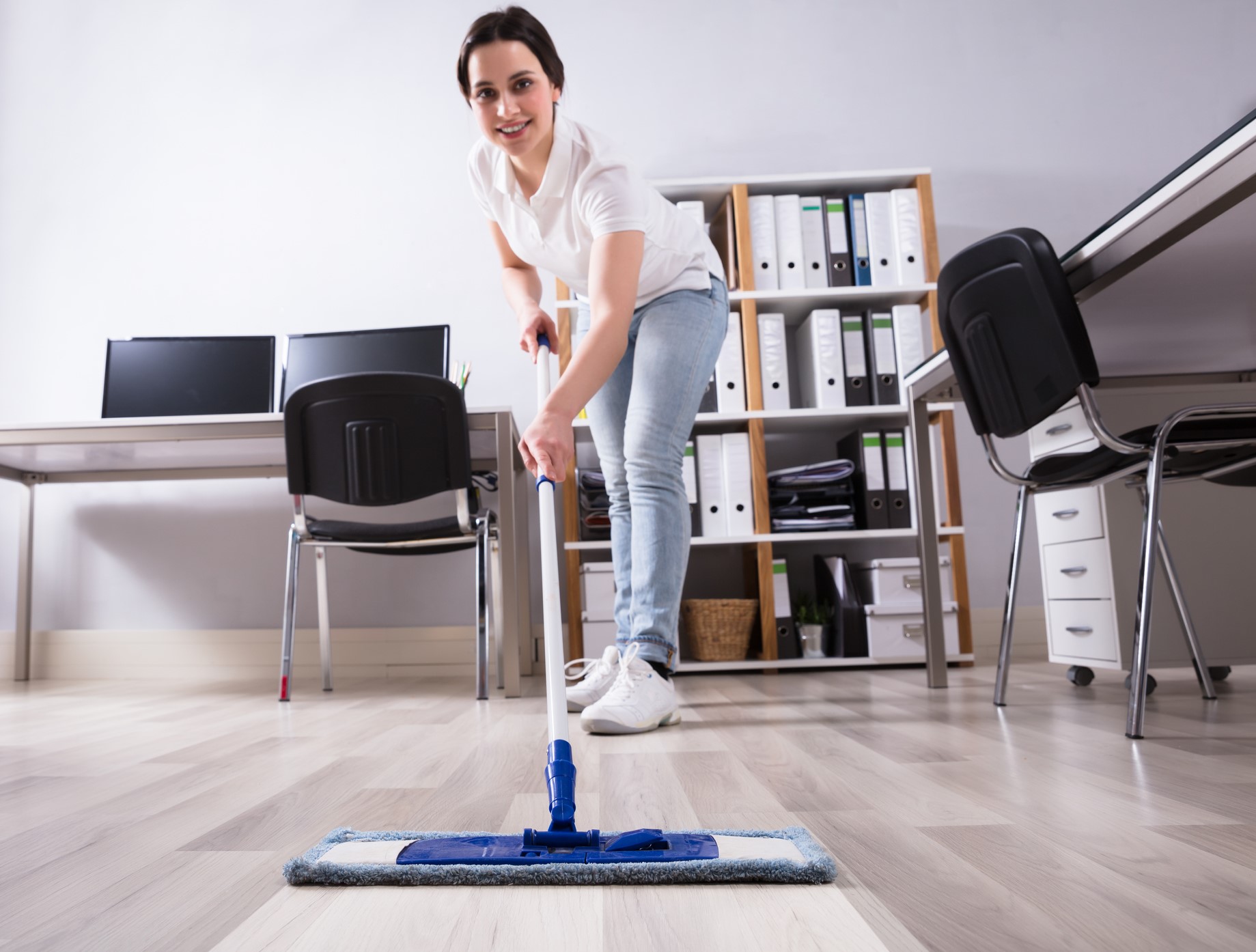A roadmap for cleaning businesses and facilities environmental departments interested in developing a green cleaning program.
There’s nothing complicated about the term green cleaning. It simply means cleaning to protect health without harming the environment. It can refer to the use of cleaning chemicals, tools, equipment and other products that have a reduced impact on health and the environment when compared to conventional cleaning products used for the same purposes. It can also refer to methodologies and cleaning systems that incorporate these items.[EasyDNNnewsToken:Left Justify Embed 300 x 250]
The benefits of green cleaning are numerous and have become more apparent in recent years as a result of documentation and an increasing body of scientific evidence. For a variety of reasons, though, it has been more difficult for some industries to embrace green cleaning strategies.
Roadblocks to Adoption
Because of the many benefits of green cleaning, education, commercial offices and the hotel/hospitality industry have all moved quickly to adopt green cleaning strategies. Implementation at healthcare facilities, however, has been much slower. This is unfortunate because many of the occupants at these facilities are especially vulnerable to toxins in their environment.
 There are many reasons for healthcare’s reluctance to embrace green cleaning. For one, medical facilities have far different demands and cleaning needs than virtually any other type of facility. Consider the difference in these scenarios: while a school may become concerned if several children come down with the flu in a short period of time, a hospital could potentially have to shut down entire wards if there is a significant uptick in the number of hospital-acquired infections. Because of concerns about jeopardizing patient or staff health, many hospital administrators are reluctant to make any changes to their cleaning practices or the type of cleaning products they select. Many non-healthcare facilities – such as a nurse’s office in a school or a general office building – must comply with similar issues. Cleaning and sanitizing daycare facilities also requires compliance to certain standards, as do food service operations. Yet, many of these organizations have found ways to overcome roadblocks and incorporate green cleaning.
There are many reasons for healthcare’s reluctance to embrace green cleaning. For one, medical facilities have far different demands and cleaning needs than virtually any other type of facility. Consider the difference in these scenarios: while a school may become concerned if several children come down with the flu in a short period of time, a hospital could potentially have to shut down entire wards if there is a significant uptick in the number of hospital-acquired infections. Because of concerns about jeopardizing patient or staff health, many hospital administrators are reluctant to make any changes to their cleaning practices or the type of cleaning products they select. Many non-healthcare facilities – such as a nurse’s office in a school or a general office building – must comply with similar issues. Cleaning and sanitizing daycare facilities also requires compliance to certain standards, as do food service operations. Yet, many of these organizations have found ways to overcome roadblocks and incorporate green cleaning.
Legal implications are another reason healthcare facilities are hesitant to institute green cleaning strategies. Federal and state regulations mandate that specific types of cleaning products—typically powerful disinfectants—be used in certain sections of a healthcare facility such as emergency care and surgical areas. Terms such as disinfectant are defined by law. For example, to be labeled as a disinfectant, a product must destroy 99.999 percent of microorganisms, including certain pathogens listed by the Association of Analytical Communities (AOAC). This can only occur if the disinfectant is used properly and allowed to dwell on a surface for the designated about of time, usually five to ten minutes. All products marketed in the United States that claim the ability to kill microorganisms must be registered with the Environmental Protection Agency (EPA). While this registration validates these products’ effectiveness against specific organisms, viruses and spores, it fails to explain to users that these products can still be potentially harmful, especially if used improperly or overused, a problem that is quite common.
Finally, healthcare administrators and facility managers may be reluctant to use green cleaning products because in the past green cleaning products have had performance issues and were expensive. However, in recent years green cleaning has evolved. Performance factors and costs are far less a concern, if a concern at all. Increased demand for greener products has resulted in improved economies of scale for manufacturers who can now produce a greater volume of product at a lower unit price. In addition, greater efficiencies have been achieved throughout the distribution chain reducing the cost of inventories and deliveries. Competition is also responsible for driving costs down and forcing companies to create green products that deliver solid outcomes.
A Compelling Case for Change
The big concern about many conventional cleaning products, even those commonly used such as window and all-purpose cleaners, is that they have been linked to a variety of negative health reactions. Just because a product kills germs doesn’t guarantee it will improve the health of the occupants exposed to it. In fact, many of these products have been linked to respiratory problems or eye, nose, throat and skin irritations. These problems can be intensified in a healthcare setting due to the reduced immunities of many patients. Other facilities with vulnerable occupants, such as the elderly in long term care facilities, must also be careful in their choice of products. These populations are essentially living with exposure to potentially harmful chemicals for an extended period of time. If these facilities shifted to green cleaning strategies that eliminated harmful microorganisms without as many side effects, the expected outcome could be improved health for those occupants.
There is also a strong sustainability argument to be made for the adoption of green cleaning strategies. Sustainability and green cleaning have essentially become intertwined. How a product is made, the ingredients used in its formulation (whether they are from renewable sources), how it is packaged (with recycled and recyclable materials), even how concentrated it is and the size of the container – all of these “green” characteristics support sustainability. Highly concentrated cleaning chemicals in larger containers last far longer. This reduces packaging requirements and fuel consumption resulting from product delivery, which in turn can help reduce greenhouse gas emissions.
Roadmap to Greener Healthcare
So how can more cleaning businesses as well as medical and non-medical facilities implement green cleaning strategies given the concerns that many have and the roadblocks they face? The following is a roadmap for cleaning businesses and facilities environmental departments interested in developing a green cleaning program.
It’s called the Care Zone approach to cleaning, and the irony is it’s a healthcare strategy. When it comes to implementing a green cleaning program in healthcare facilities, schools, offices and even homes, this strategy provides an excellent system. It starts by dividing a facility into three key zones:
Critical Care Zones – those areas occupied by the most vulnerable occupants. These areas are regulated by federal and state laws requiring the use of specific types of cleaning products, possibly including quats, phenols, aldehydes and chlorine bleach. These critical-care zones require intensive cleaning in terms of time and effort due to the associated risk of harm to building occupants in these areas, as compared to the semi-critical and non-critical zones.
While the use of disinfectants may be necessary and even required by law or regulations, there are still numerous opportunities to introduce green cleaning such as in administrative and public areas, shops, entry ways, public restrooms, etc.
Semi-critical Care Zones – areas such as restrooms (both public and private patient bathrooms), physical therapy rooms, non-emergency clinics, and patient areas where a high level of sanitation is needed, though not necessarily disinfection. The process identifying which areas are assigned to this zone is typically completed after assigning the critical-care and noncritical-care zones. Once the extreme ends of the care zone spectrum from critical to non-critical have been assigned, those areas remaining are assigned to the semi-critical care zone.
Non-critical Care Zones – includes administrative areas, meeting rooms, shopping areas as well as entryways, hallways and others areas in most buildings. Due to the concerns of many infection control professionals, hospitals often begin their green cleaning initiative by focusing on areas with the lowest risk to health. These areas often represent as much as 70 to 90 percent of the hospital’s square footage and is an ideal place to demonstrate that green cleaning products perform well and are cost effective.
Very often the same powerful disinfectants used in the critical care zones are used in the non-critical areas. Not only is this wasteful and expensive, because there are so many green cleaning products that can be used instead in these areas, it can also be unnecessarily harmful to the users of the products and to the environment.
Signs of Change
While it has been a relatively slow process, more facilities are finding ways to green their operations. Organizations such as Practice Greenhealth have helped move this process along immeasurably in healthcare, while other organizations promote similar programs in specific segments such as the US Green Building Council’s LEED Rating System for Existing Buildings for office buildings, the Healthy Schools Campaign in schools and the Green Sports Alliance in sporting stadiums and athletic venues.
And many of these same issues can be applied in residential cleaning. This is especially true in homes with vulnerable occupants such as the elderly, people with health conditions such as asthma or cancer, people with compromised immune systems, and families with infants that crawl on the floors and place their fingers in their mouths ingesting whatever dust, debris, contaminants and residues that both naturally occur or are left behind by the cleaning process itself.
The approach of dividing a hospital into care zones and using the most appropriate chemicals, as well as other important components of a comprehensive green cleaning program such as high-filtration vacuums, microfiber cloths and mops, and new technologies including steam vapor cleaners and ozonated water can all help achieve the goal of creating healthier indoor environments and reducing negative environmental impacts, which are all consistent with a hospital’s mission. And perhaps more important, it is a process that will gain support of the infection-control department, and address the questions of product performance and cost while minimizing the risk of harm to patients and staff.
Stephen P. Ashkin is president of The Ashkin Group, a consulting firm specializing in greening the cleaning industry and CEO of Sustainability Dashboard Tools, a web-based tool that allows organizations to measure and report on their sustainability efforts. He is also coauthor of both The Business of Green Cleaning and Green Cleaning for Dummies.






